Back pain and soreness are widespread conditions that affect all genders, races, and lifestyles. The causes for back pain are varied from injury, poor posture,…


Back pain and soreness are widespread conditions that affect all genders, races, and lifestyles. The causes for back pain are varied from injury, poor posture,…
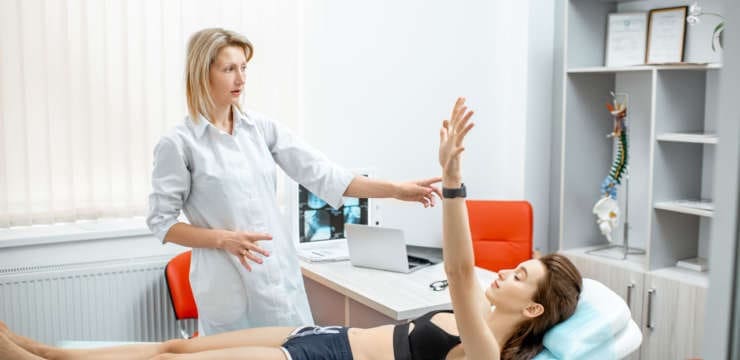
A nerve injury is often caused by a sudden traumatic event, like a slip and fall, personal or work injury, an automobile accident, or a…

Introduction In today’s podcast, Dr. Alex Jimenez, Health Coach Kenna Vaughn, and Sports Dietitian Taylor Lyle discuss what does sport nutrition and a healthy diet…
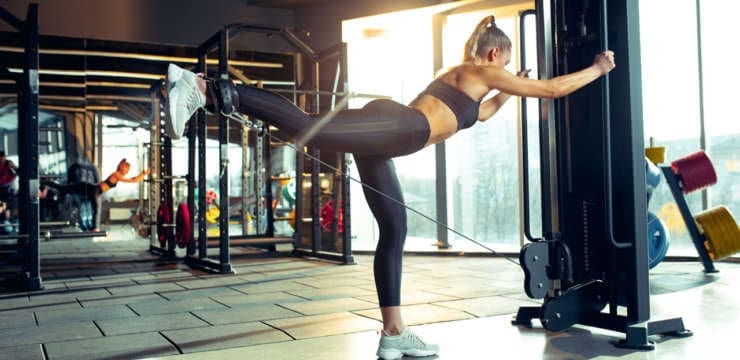
A sports hernia is a soft tissue injury that happens in and around the groin area. It is a strain or tear of any soft-tissue…

Video gaming has grown to over 150 million individuals in the United States playing. Around 60% of Americans play video games every day, with the…

Acute and chronic sports injuries. Individuals that participate in sports or physical activities have an increased risk of experiencing an injury. These types of damages…

High school football takes a toll on the body. The sport can cause all kinds of injuries that can range from mild – severe. Areas…
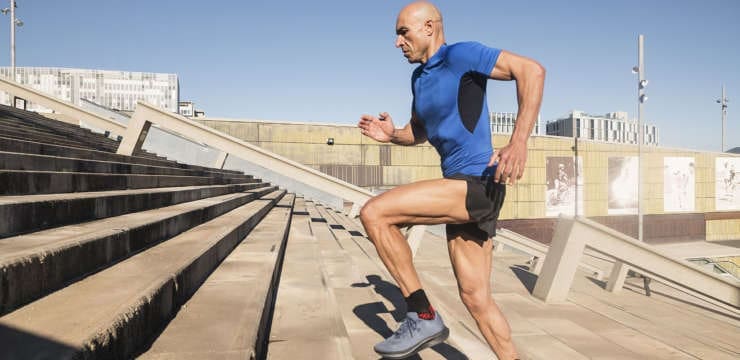
Triathlon training involves running, biking, and swimming. This much fitness training takes a toll on the body. Pulled hamstrings, twisted ankles, and sore heels are…
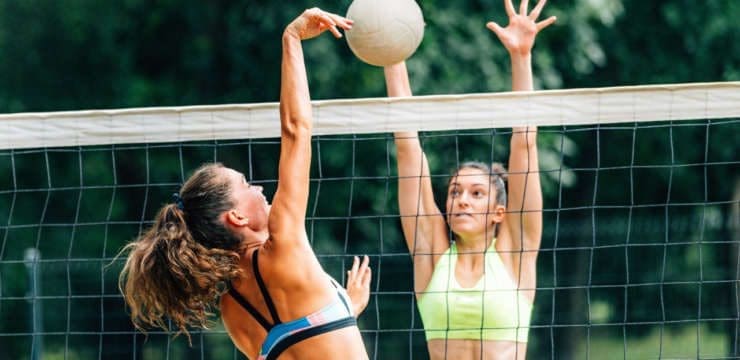
Around a half-million high school students in the U.S. play volleyball. Whether the parent of a volleyball player or part of a recreational league, the…
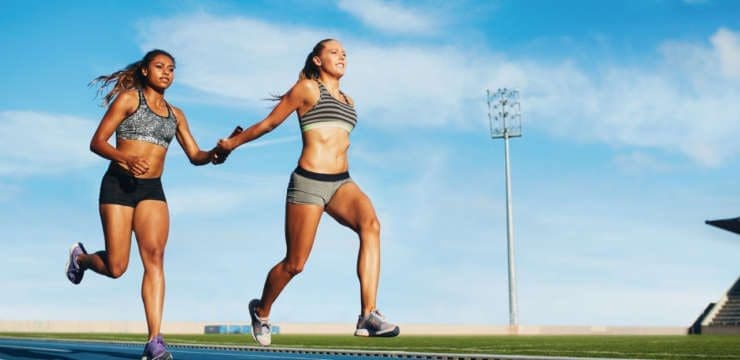
The quadriceps muscle consists of four muscles in front of the thigh that connects to the knee right below the knee cap. These muscles straighten…
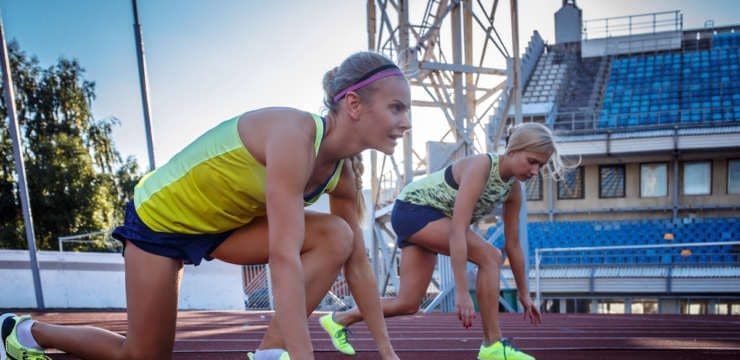
The athletic potential is multifactorial; gender, age, specific discipline, weight, body composition, and genetics are strong predictors of performance and endurance. Nonetheless, exercise and continuous…

Injury Susceptibility, recovery, power and endurance are all key components when it comes to sports. By using the DNA Sport test from DNA Life we have the opportunity to gain insight on an individual athlete and how their genetic makeup impacts these factors. This test allows parents, coaches, and physicians to see certain polymorphisms that are implicated with increased risk factors for injuries as well as inflammation and oxidative stress.
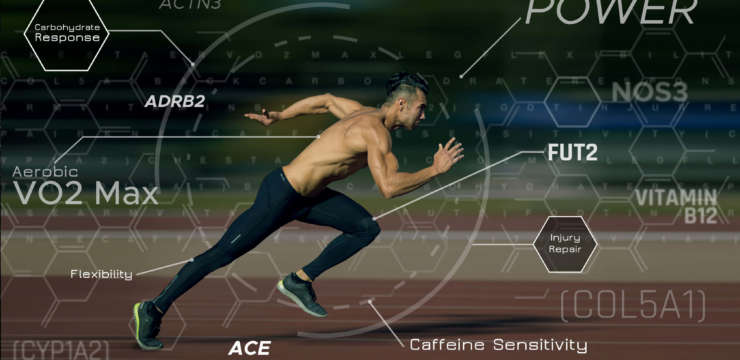
Growing up, there always seemed to be the kids in P.E. who were just naturally better at sports than others. Additionally, there were kids who seemed like they were always hurt. Genetics make up a large factor when it comes to athletic performance and recovery. Over the last few decades, research has emerged proving that athletic performance, training responsiveness, injury-related traits, and the ability to recover from a workout can be tailored down to the genetics of an individual. We have the capability to do a genetic test on individuals so that parents and coaches are able to learn more about the athlete and how to train them for optimal performance. Many parents take advantage of this test and use it to see the athlete’s weakness, therefore building them up and focusing on that area. This allows the athlete to have a better chance of success. We use DNA Sport from DNA Life.